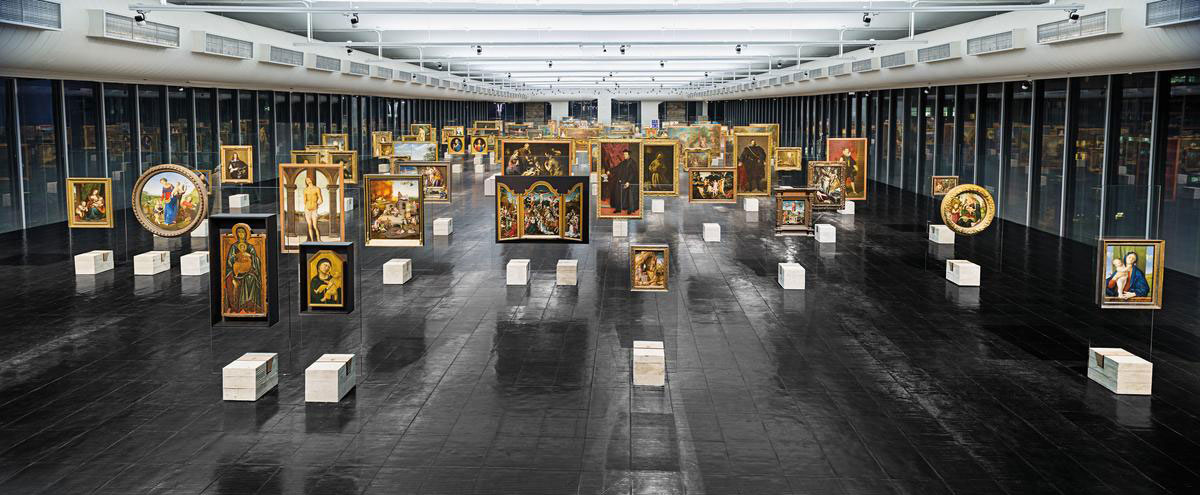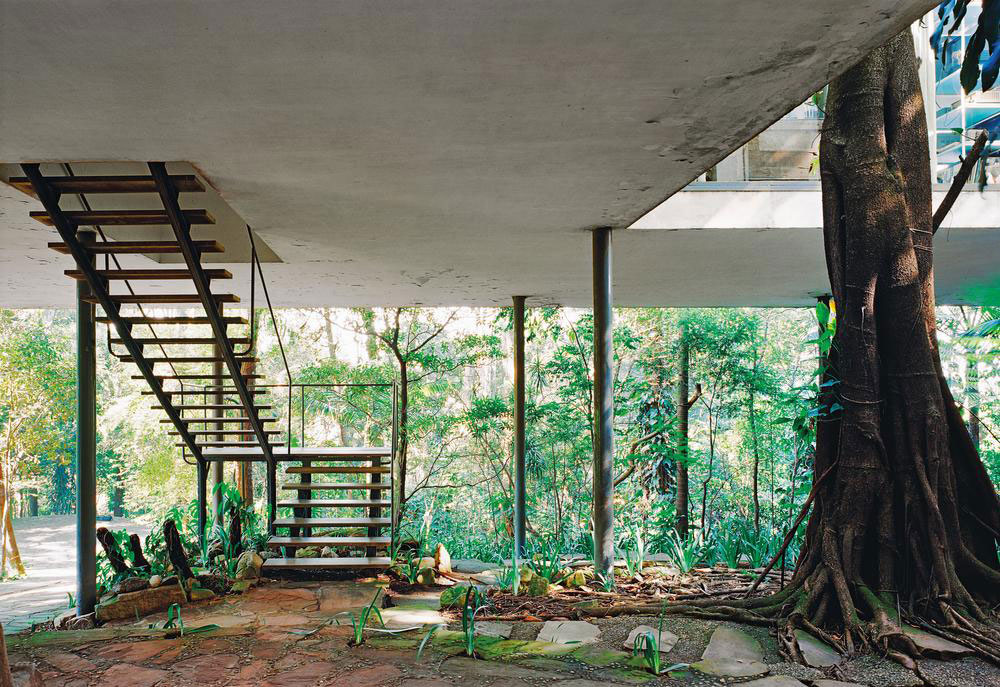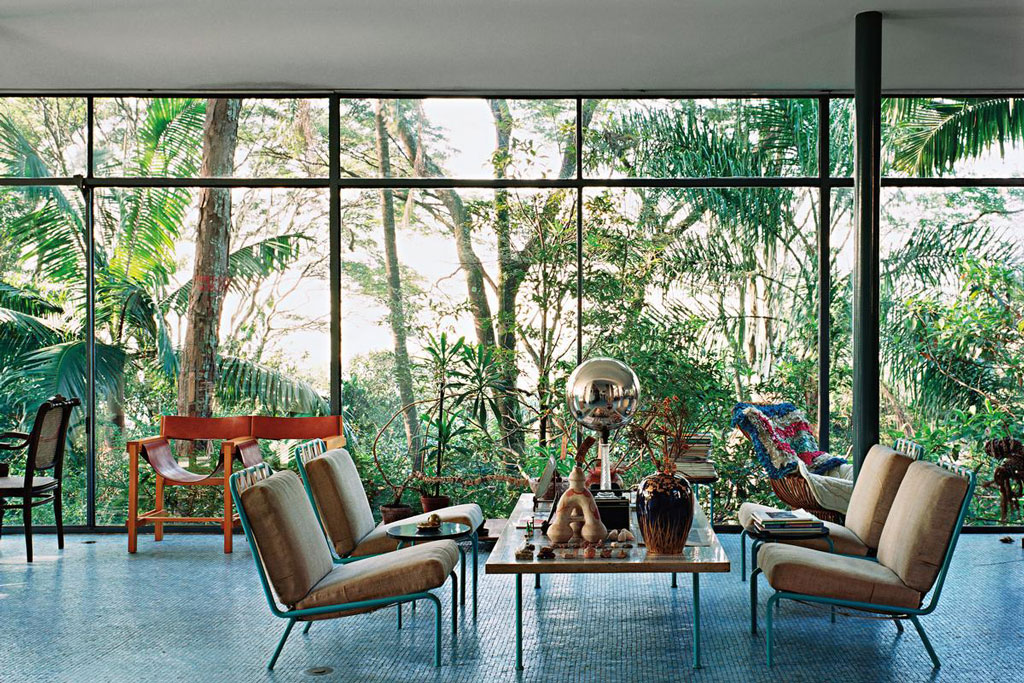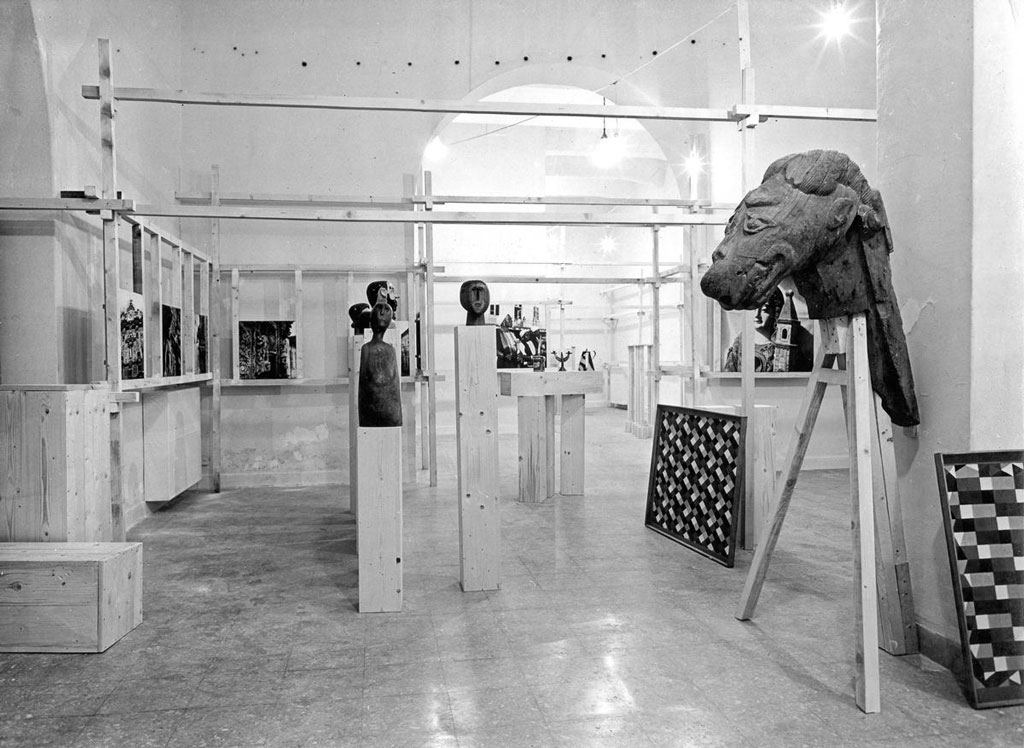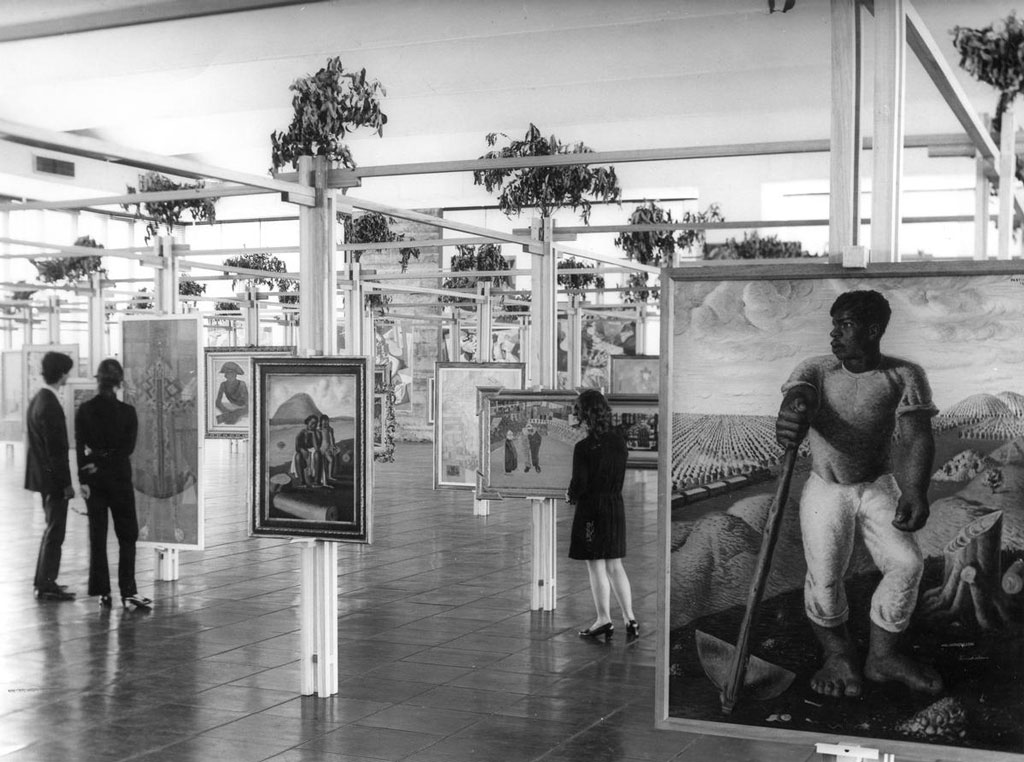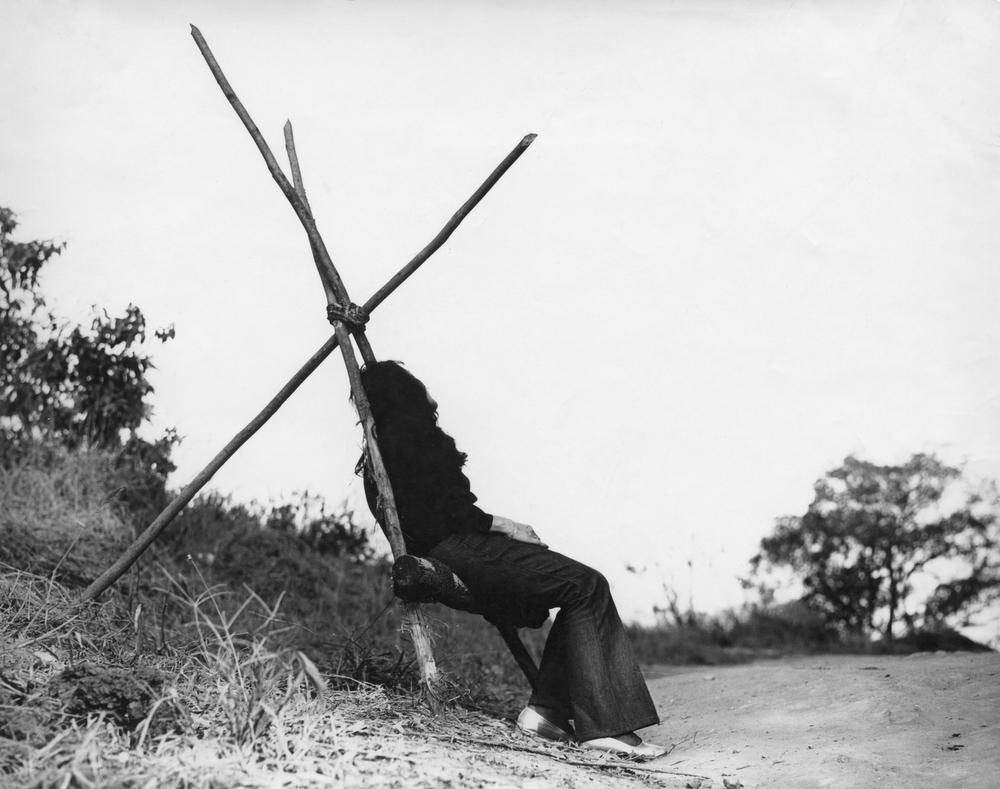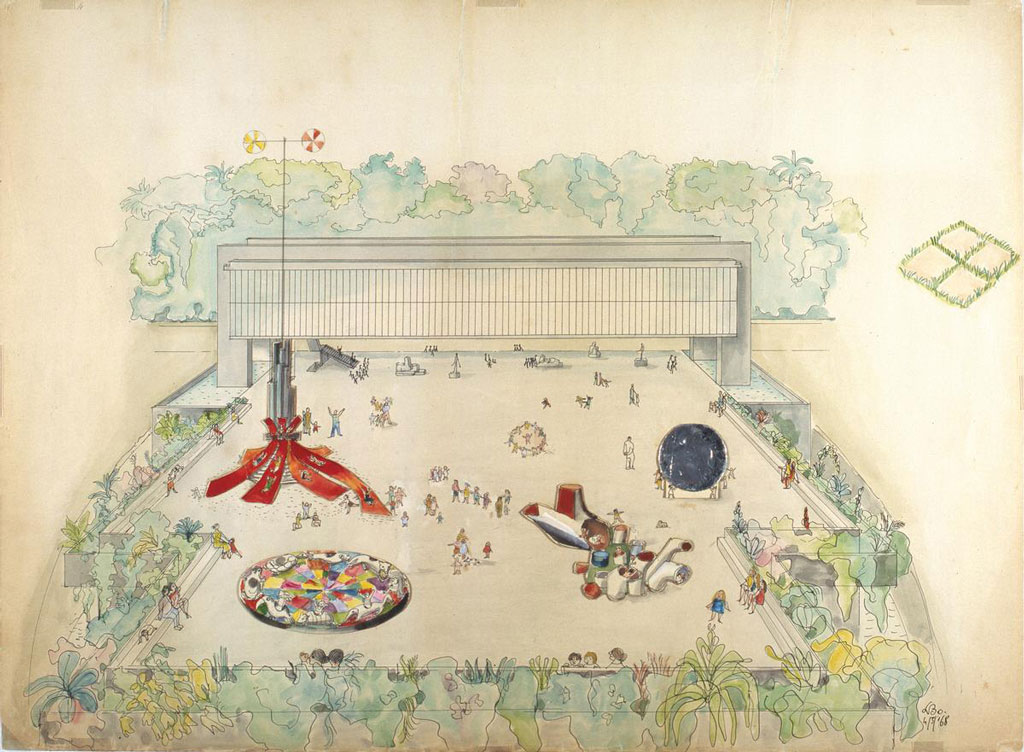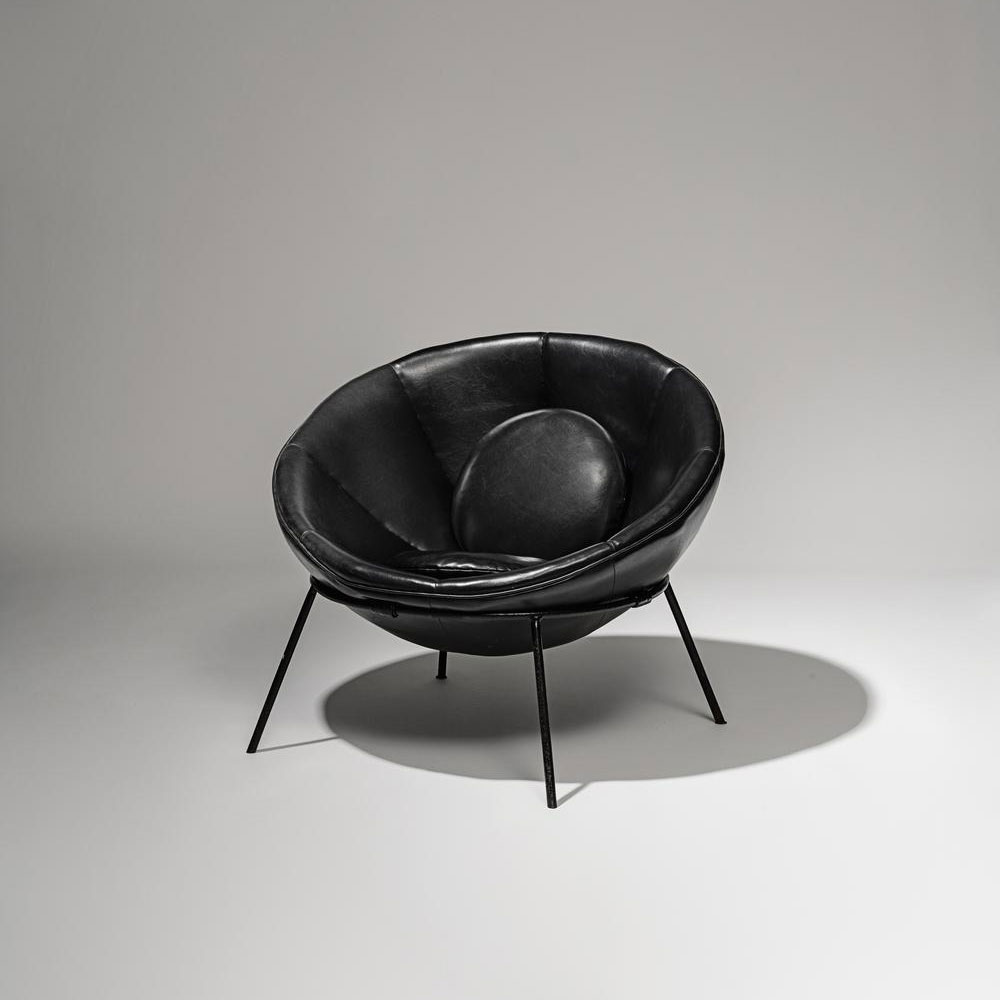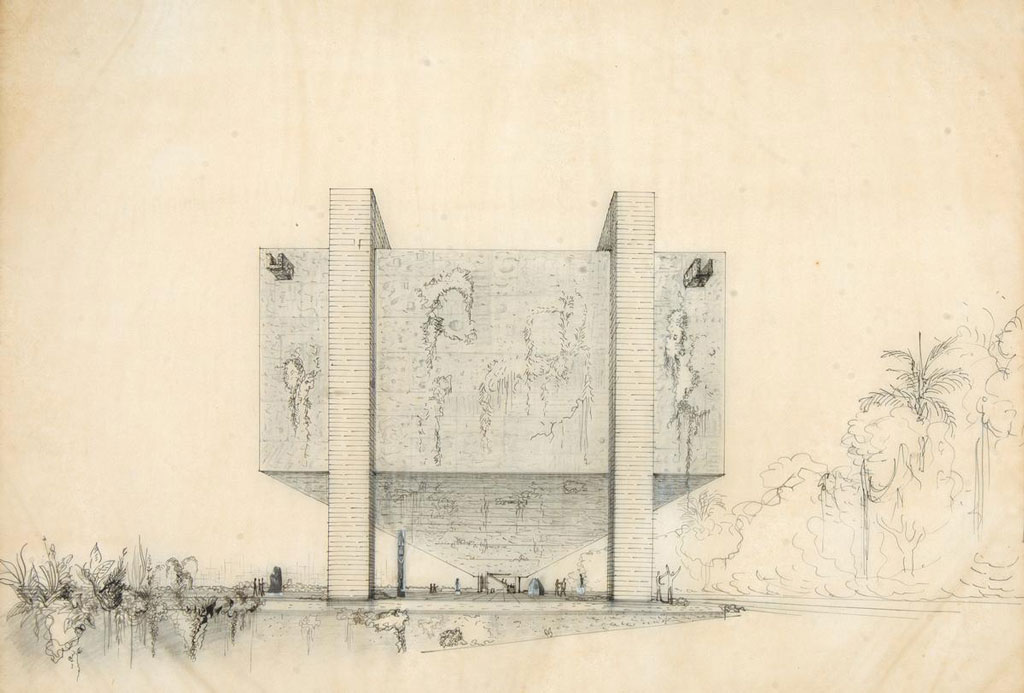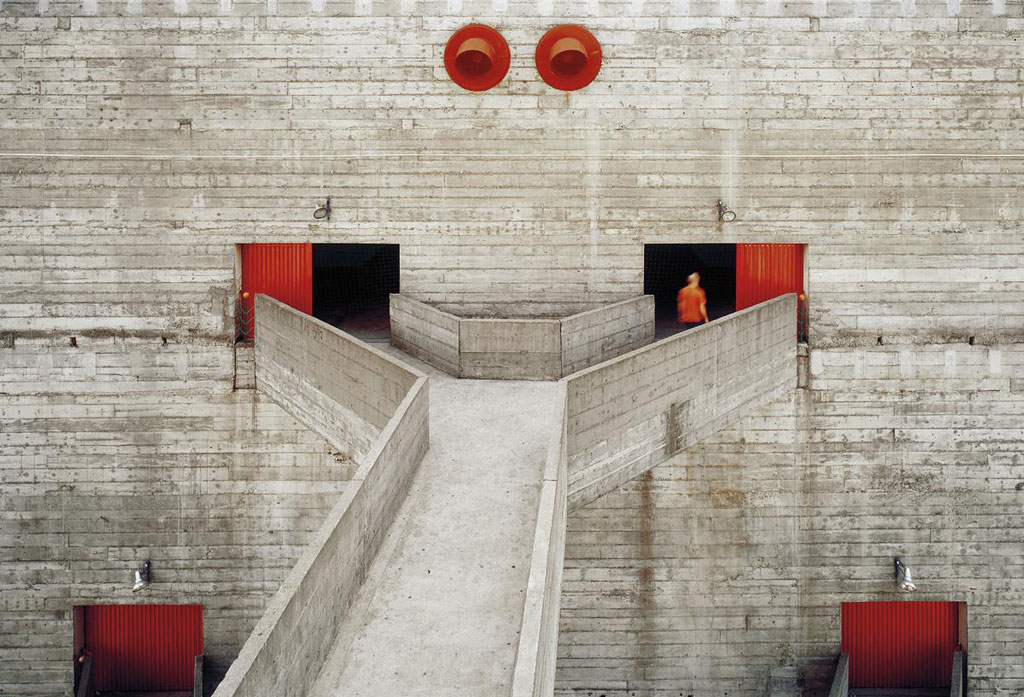ARCHITECTURE:Lina Bo Bardi-Habitat
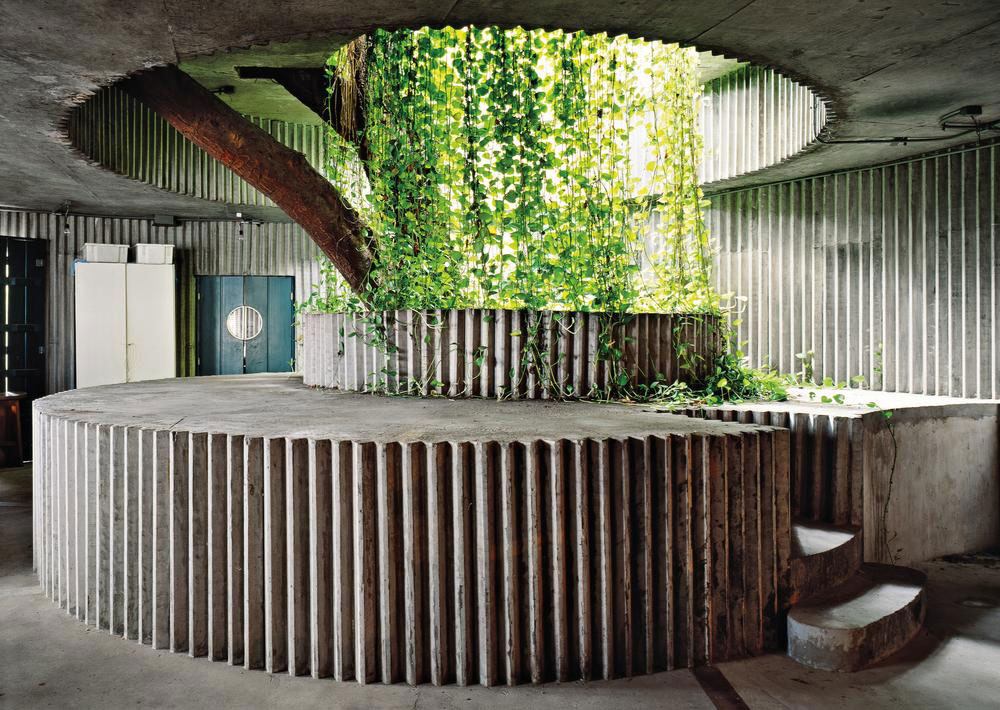 Lina Bo Bardi was an Italian architect whose highly diverse and important work remains largely unknown outside of her adopted home of Brazil. This oversight is certainly due to her gender but is compounded by her positioning at the periphery of the West. Although influenced by modernist architecture, her work stands apart from it, having a playfulness and diversity not found in the work of her more famous counterparts.
Lina Bo Bardi was an Italian architect whose highly diverse and important work remains largely unknown outside of her adopted home of Brazil. This oversight is certainly due to her gender but is compounded by her positioning at the periphery of the West. Although influenced by modernist architecture, her work stands apart from it, having a playfulness and diversity not found in the work of her more famous counterparts.
By Dimitris Lempesis
Photo: Museo Jumex Archive
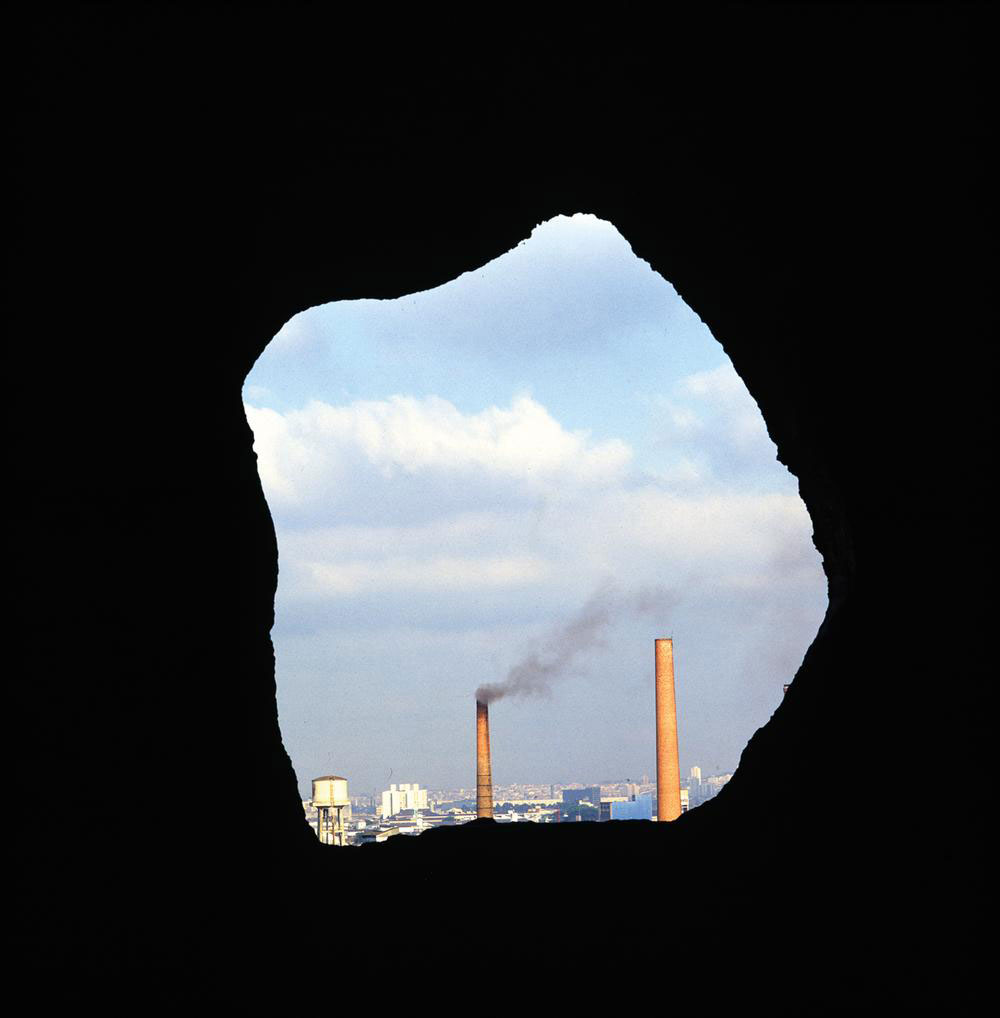 Lina Bo Bardi is internationally recognized for the design of the Museu de Arte de São Paulo (MASP) and the cultural center Sesc Pompéia in Brazil. Borrowing its title from Habitat magazine, which was founded by Lina Bo Bardi and her husband Pietro Maria Bardi, and edited by them between 1950 and 1953, the exhibition “Lina Bo Bardi: Habitat” casts her as a radical culture figure of the 20th Century who critically engaged in a process of unlearning Western knowledge through her multiple engagements in the expanded fields of cultural practice. Divided into four main sections, the exhibition features drawings, photographs, original furniture, projects for the home and for Museum Curation and display, as well as theater designs, from Bo Bardi’s beginnings in Italy and arrival to Brazil, the founding of Habitat, rethinking of museums, and culminating in an exploration of an alternative modernism that combines elements of European design and popular culture from the Northeast of Brazil. It also features a selection of iconic works from MASP’s art collection installed on a re-created version of Bo Bardi’s original glass and concrete easels. This radical exhibition design liberates artworks from the wall and creates a dynamic viewing experience for visitors.
Lina Bo Bardi is internationally recognized for the design of the Museu de Arte de São Paulo (MASP) and the cultural center Sesc Pompéia in Brazil. Borrowing its title from Habitat magazine, which was founded by Lina Bo Bardi and her husband Pietro Maria Bardi, and edited by them between 1950 and 1953, the exhibition “Lina Bo Bardi: Habitat” casts her as a radical culture figure of the 20th Century who critically engaged in a process of unlearning Western knowledge through her multiple engagements in the expanded fields of cultural practice. Divided into four main sections, the exhibition features drawings, photographs, original furniture, projects for the home and for Museum Curation and display, as well as theater designs, from Bo Bardi’s beginnings in Italy and arrival to Brazil, the founding of Habitat, rethinking of museums, and culminating in an exploration of an alternative modernism that combines elements of European design and popular culture from the Northeast of Brazil. It also features a selection of iconic works from MASP’s art collection installed on a re-created version of Bo Bardi’s original glass and concrete easels. This radical exhibition design liberates artworks from the wall and creates a dynamic viewing experience for visitors.
Born in Italy on 5/12/1914, Lina Bo Bardi received a degree from the Rome School of Architecture just as Europe became engulfed in World War II. While struggling to set up a practice in wartime, Bo Bardi got involved in publishing, which ultimately led to a main editorial position at the new Domus magazine. Following her marriage to Pietro Maria Bardi in 1946, the couple moved to Brazil, where her ideas and works would find fertile ground and her interpretations of Italian Rationalism would expand to incorporate a respect for handicraft and the Brazilian landscape. Thus, she established her very own modern architectural style in the country that, led by the omnipresent Oscar Niemeyer, was redefining Modernism. Bo Bardi had a domestic practice in São Paulo and, late in life she grew a busy, successful and varied career. She curated and designed exhibitions, furnishings, interiors and buildings, and stage sets. She continued to publish, becoming a respected figure on the Brazilian cultural scene. While she did not build as much as other architects, what she did build has a spatial, material and social strength that continues to resonate today. Her 1951 “Casa de Vidro”, was her first building project in São Paulo. Designed for herself and her husband, the house is located in what had previously been a tea farm with pockets of tropical woods, slightly removed from the city. Contemporary to both Mies van der Rohe’s and Philip Johnson’s glass houses, Bo Bardi’s design elevates the whole home above the ground by a full flight of stairs, altering both the expected relationships to topographic conditions and to the constructed space since one enters the living area from underneath. It is as if she combined Californian case-study houses and Le Corbusier’s Villa Savoye into her own space. Bo Bardi’s basic design was used for the São Paulo Museum of Art (also known as “MASP”) which was built between 1957 and 1968. Her husband, Pietro Maria Bardi, was curator. The Bardis became involved with the Museum after meeting the Brazilian journalist and diplomat Assis Chateaubriand. Chateaubriand, with P.M. Bardi’s curatorial insight, acquired a vast collection of art for MASP, including art works by Bosch, Mantegna, Titian and Goya. Author, teacher, designer of furniture, jewelry, temporary exhibitions, theatre sets, and buildings, as well as later a political activist, each of her activities extended and informed the other. Her work with limited budgets in Salvador de Bahia was as important to her as her buildings in São Paulo. Her house, the São Paulo Museum of Art (MASP), and her Social Service and Commerce complex (SESC) reveal what was important about her work: her generosity, free associations, openness, seriousness and strength of mind. Many architects talk about designing for life in a general way; she meant it, and in highly specific ways. For her, social concern did not mean that she had to be sentimental or insipid, but that her professional artistry and skill should be applied to spaces available to everyone. Few architects have achieved a balance of content and form as she did.
Info: Curators: Julieta González, José Esparza Chong Cuy and Tomás Toledo, Museo Jumex, Miguel de Cervantes Saavedra 303, Colonia Granada, Mexico City, Duration: 30/1-10/5/20, Days & Hours: Tue-Thu 10:00-19:00, Fri & Sat 9:00-21:00, Sun 9:00-19:00, www.fundacionjumex.org